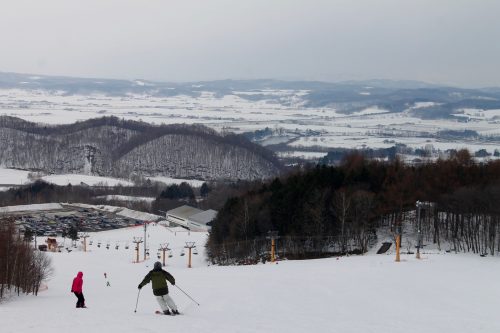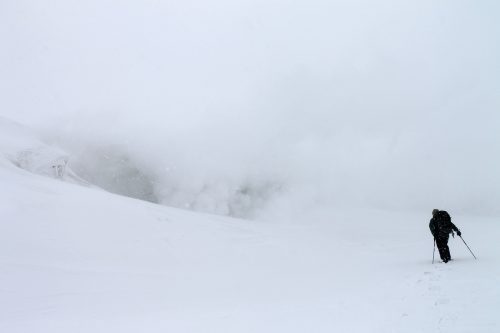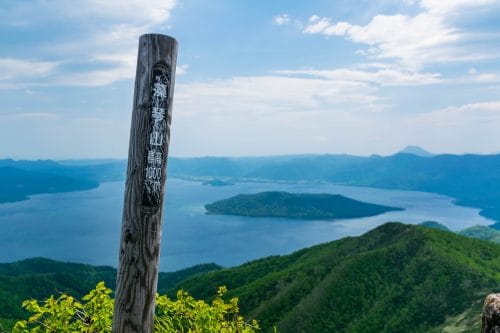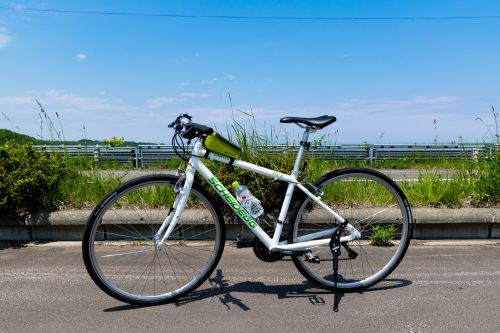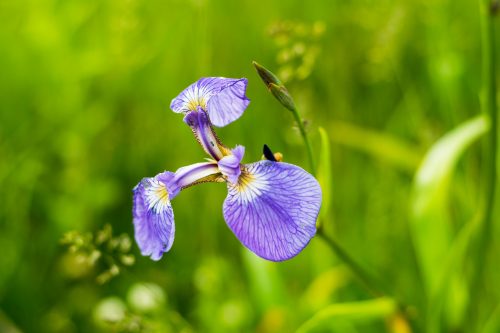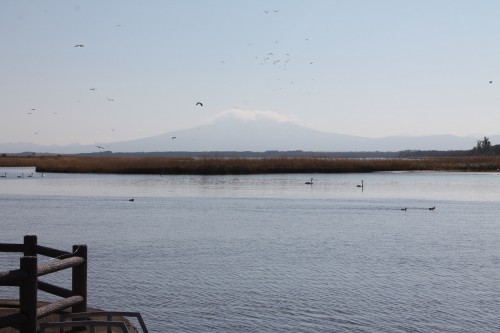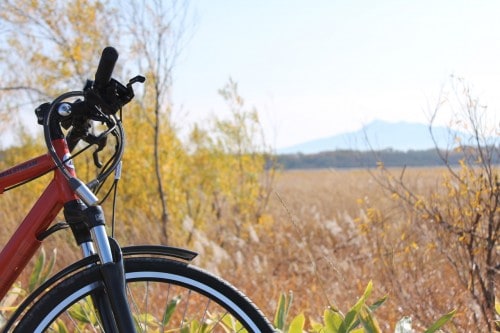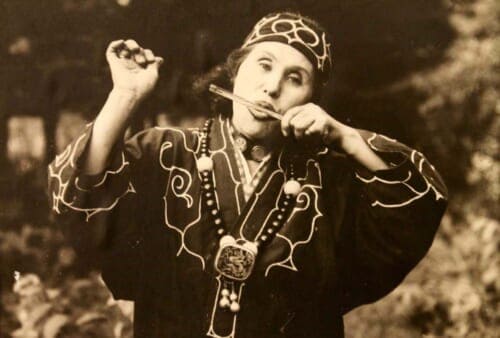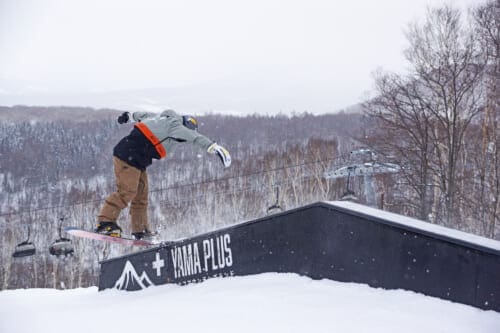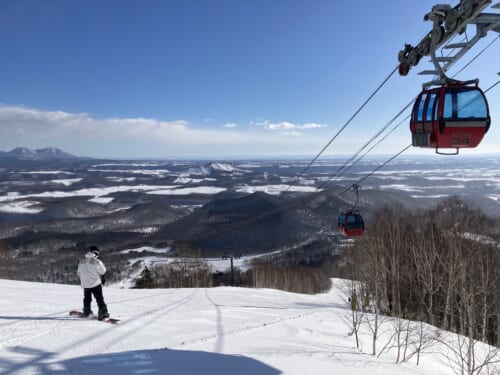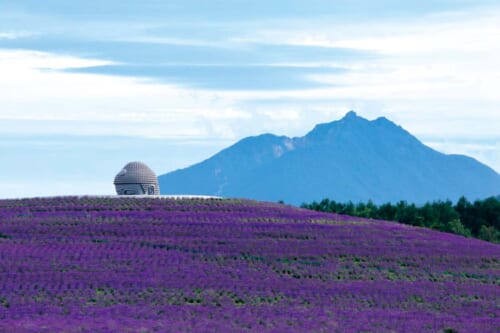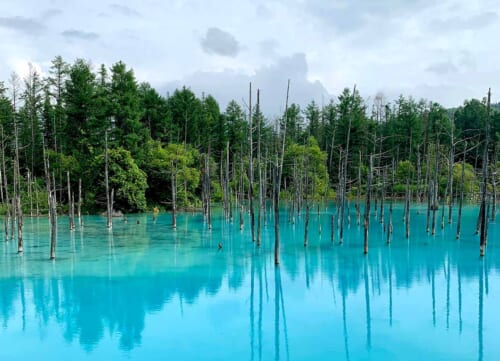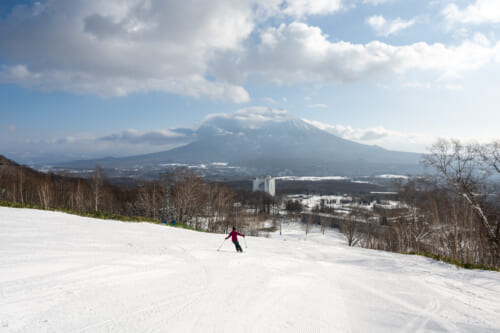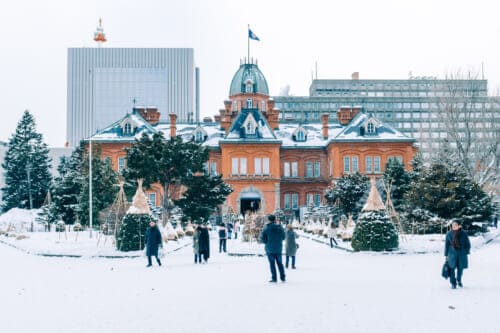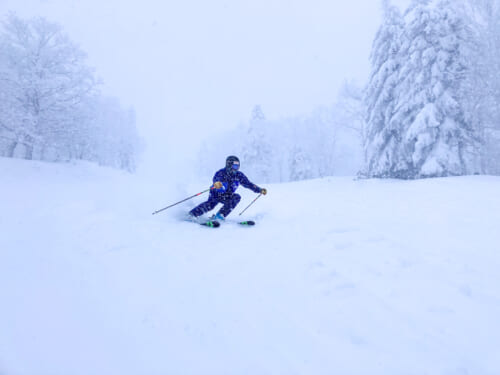Hokkaido is Japan’s northernmost island and a favorite destination for nature and adventure lovers. During winter, the island is covered in a blanket of thick white snow, and its surrounding seas turn to ice. Those who enjoy winter sports are sure to find paradise here as Hokkaido experiences “Japow” Japanese fine powder snow considered among the best in the world. The ski resorts at Niseko and Rusutsu are by far the most popular destinations to enjoy “Japow” skiing and snowboarding.
Sapporo, the largest city of Hokkaido, is a modern and conveniently designed city with many beautiful parks and nearby forest-covered mountains. It is famous for its Snow Festival held every February, where snow artists create enormous and elaborate snow sculptures to delight the crowds. Sapporo’s gridlike layout and well designed public transportation system make getting around the city simple.
During the rest of the year, Hokkaido’s vast natural beauty, preserved in over eight huge national parks, attracts hikers, cyclists, and campers. Daisetsuzan, located near the central city of Asahikawa, contains hundreds of kilometers of hiking trails, mountain ranges, and relaxing onsen hot springs. Lake Shikotsu is a large caldera lake surrounded by mountains, including Mt. Tarumae, one of Japan’s most active volcanoes with its barren landscape resembling the surface of the moon.
Spring in Hokkaido is lovely with cool but comfortable weather and fields full of beautiful flowers. Flower farmers grow many types of flowers from lavender to tulips, creating vast picturesque landscapes. Compared to the rest of Japan, summer in Hokkaido is relatively mild and perfect for exploring both nature and urban destinations.
Hokkaido is best known in Japan for its vast farmland and a wide variety of seafood from the 3 seas surrounding the island. Most of Japan’s dairy industry is on Hokkaido, as well as a large percentage of its vegetable crops. Needless to say, the local cuisine of Hokkaido is fresh and delicious. Besides their own unique type of ramen, sometimes served with butter and corn, be sure to try to oddly named “Genghis Khan” the local style of Mongolian barbeque.
Our Recent Articles


